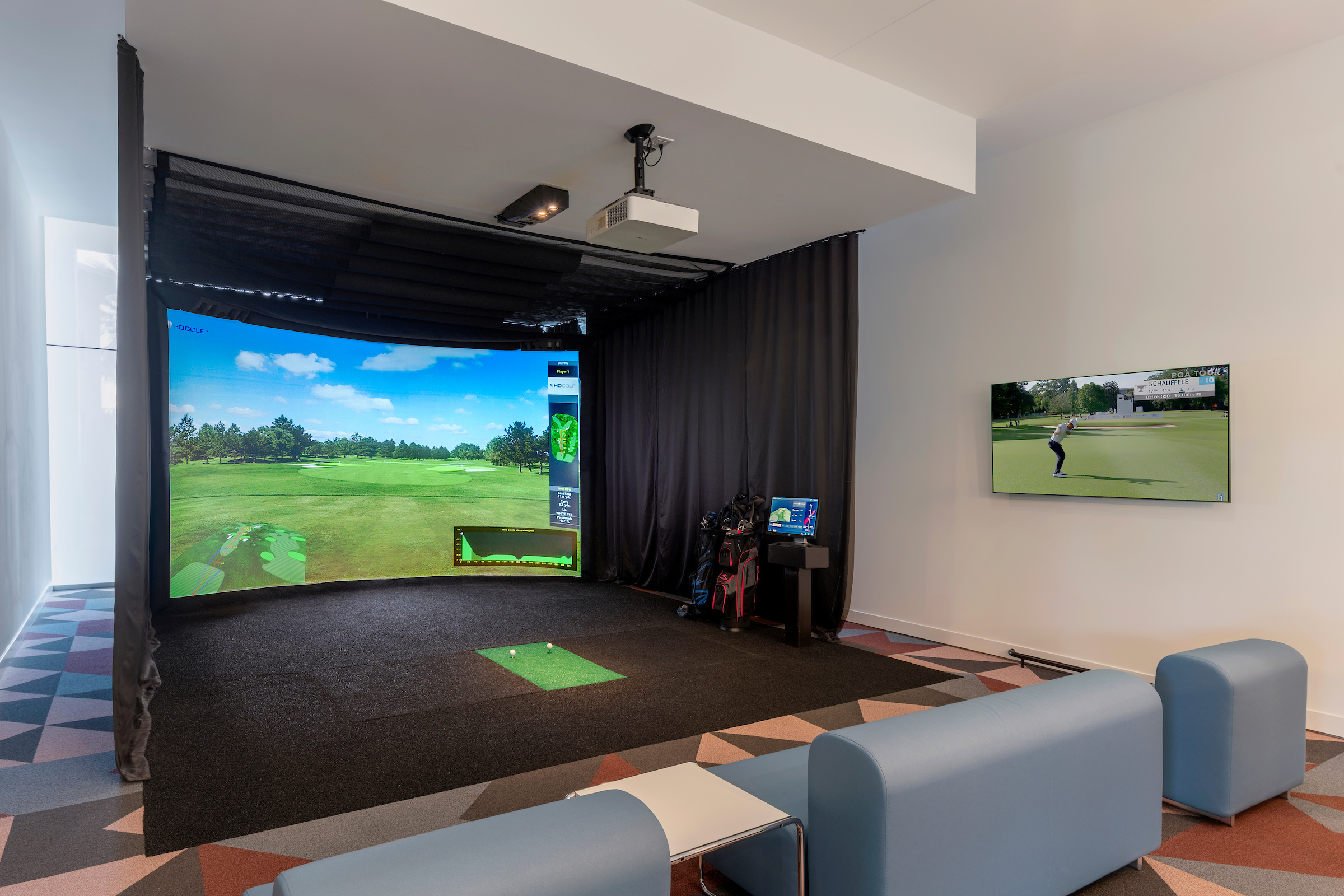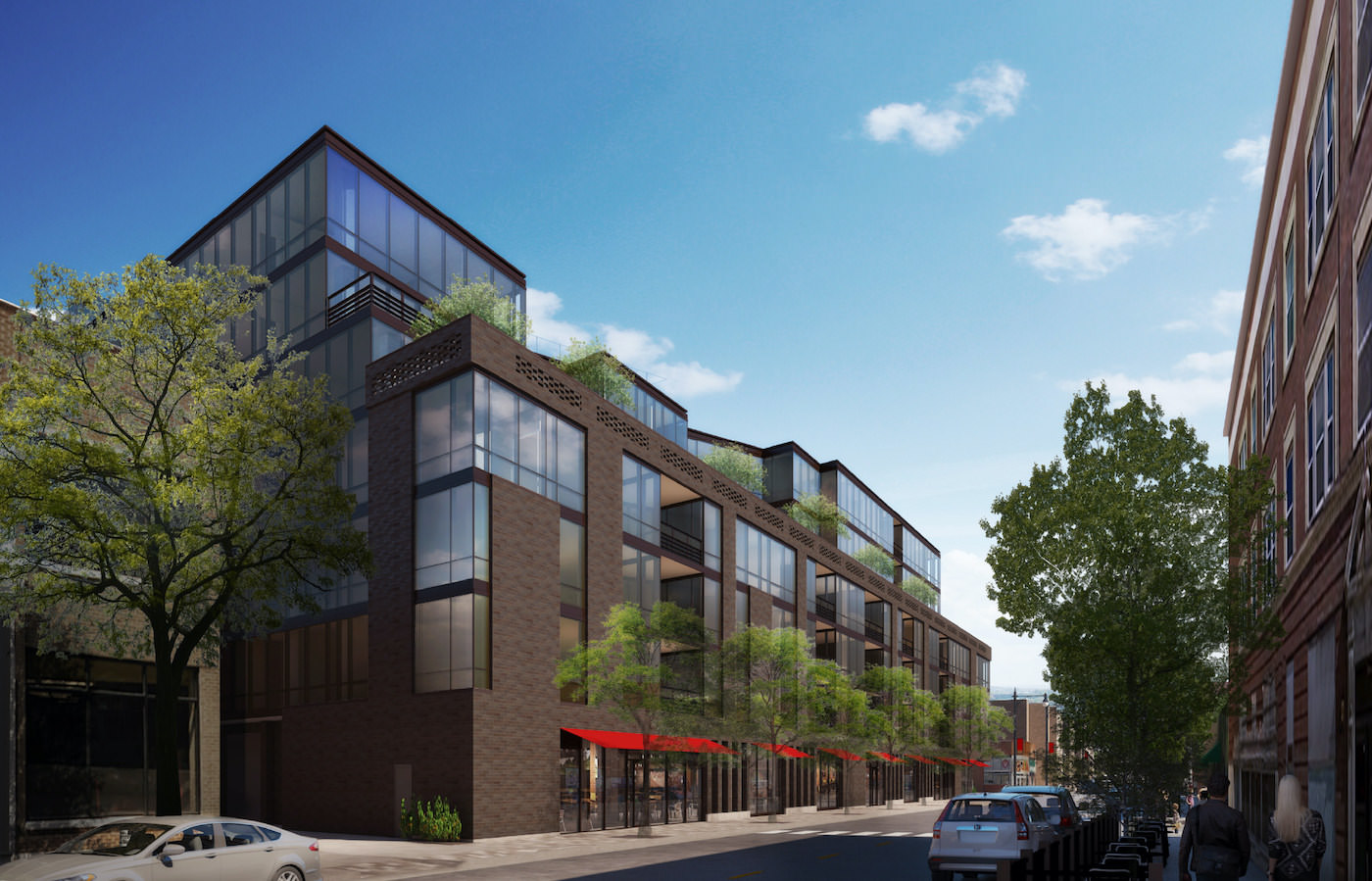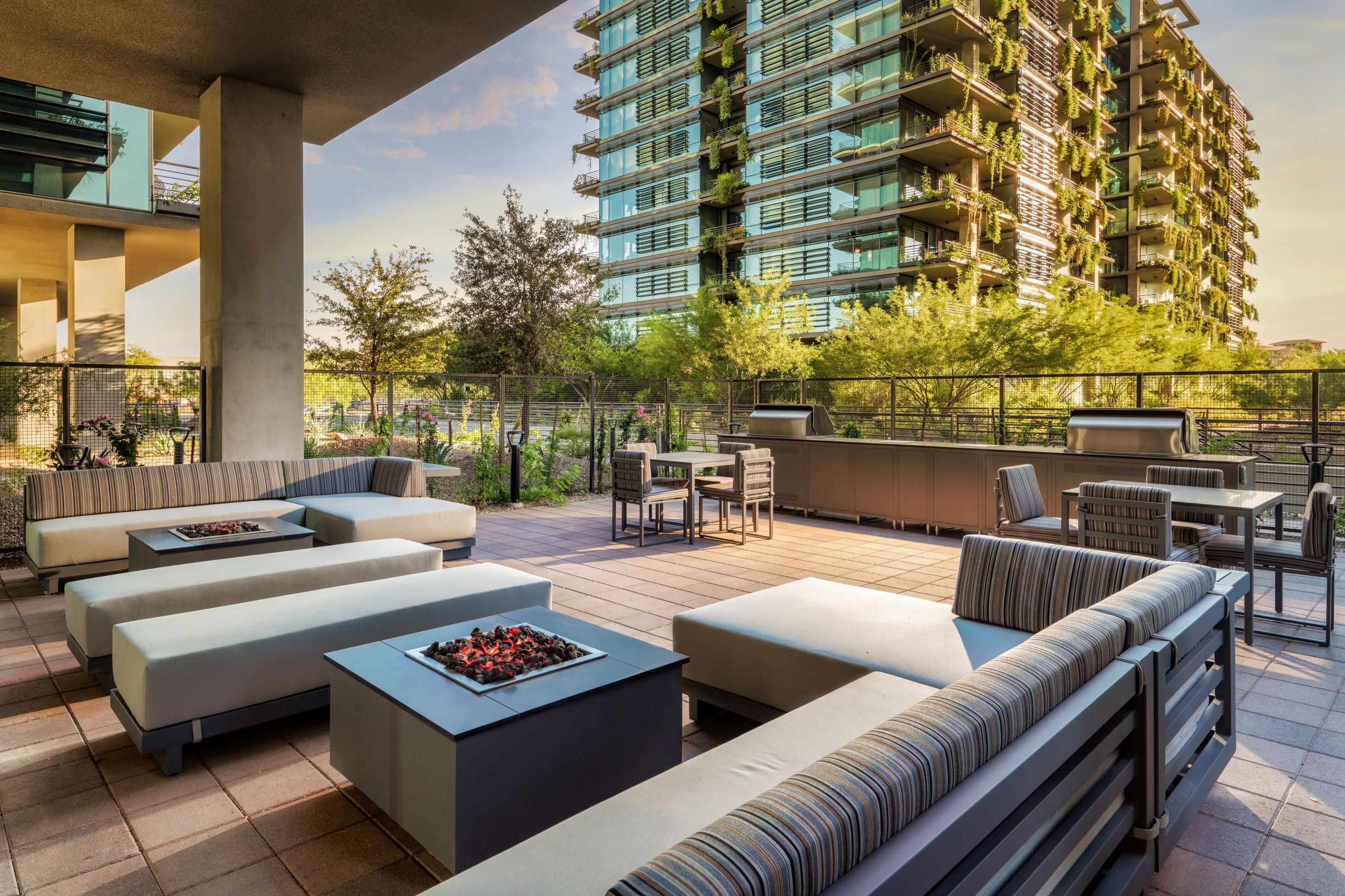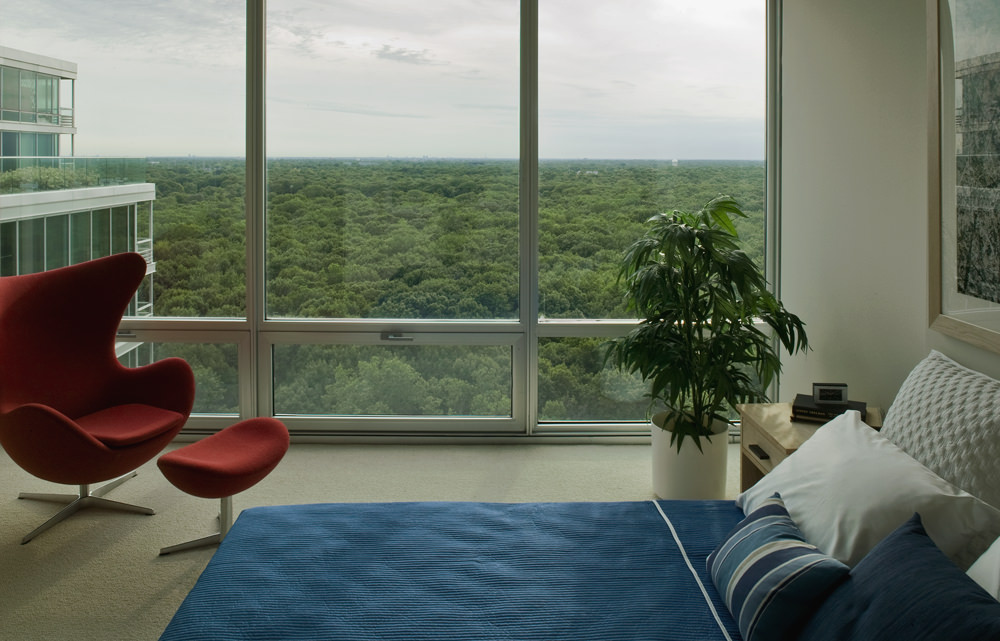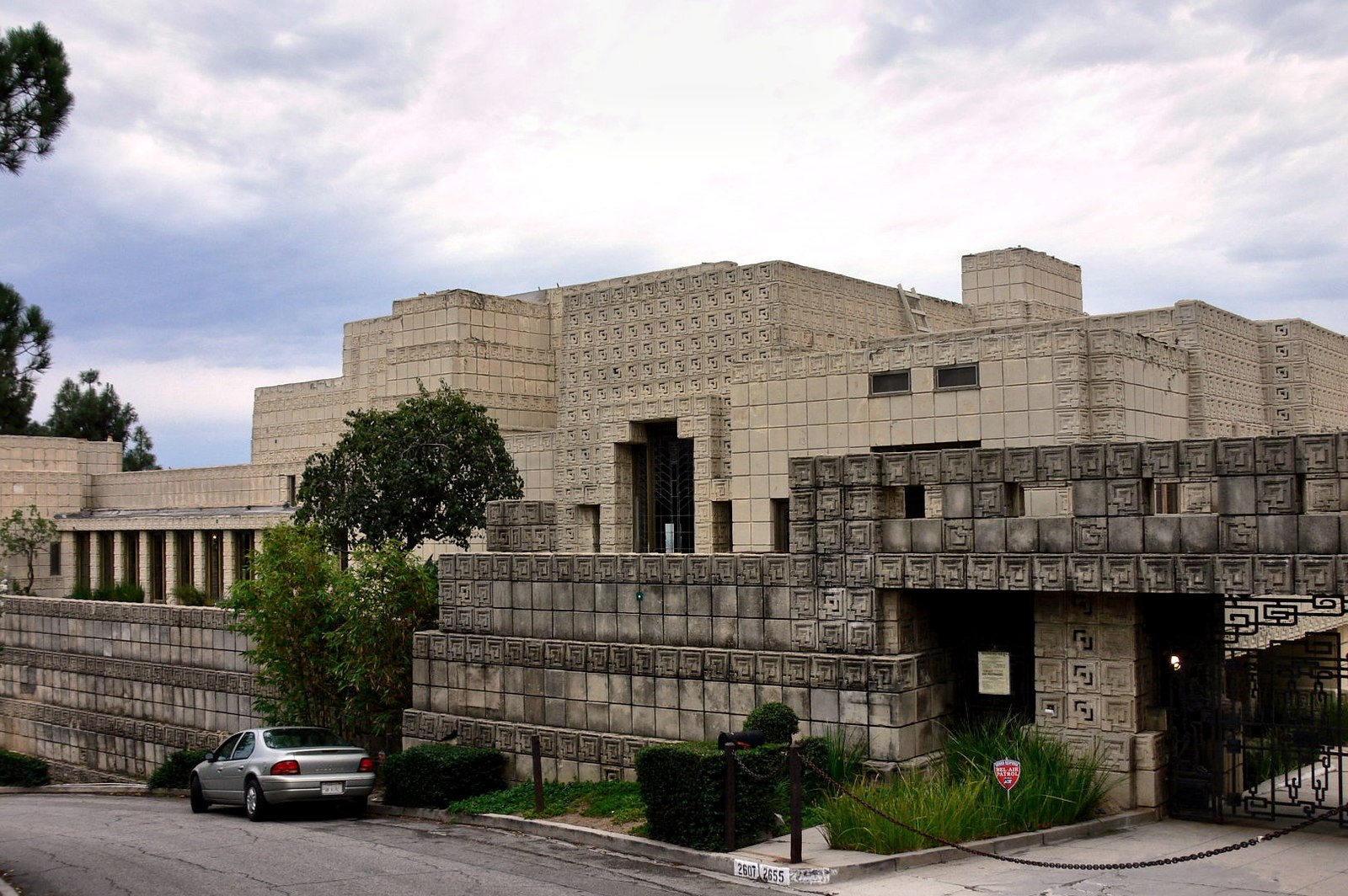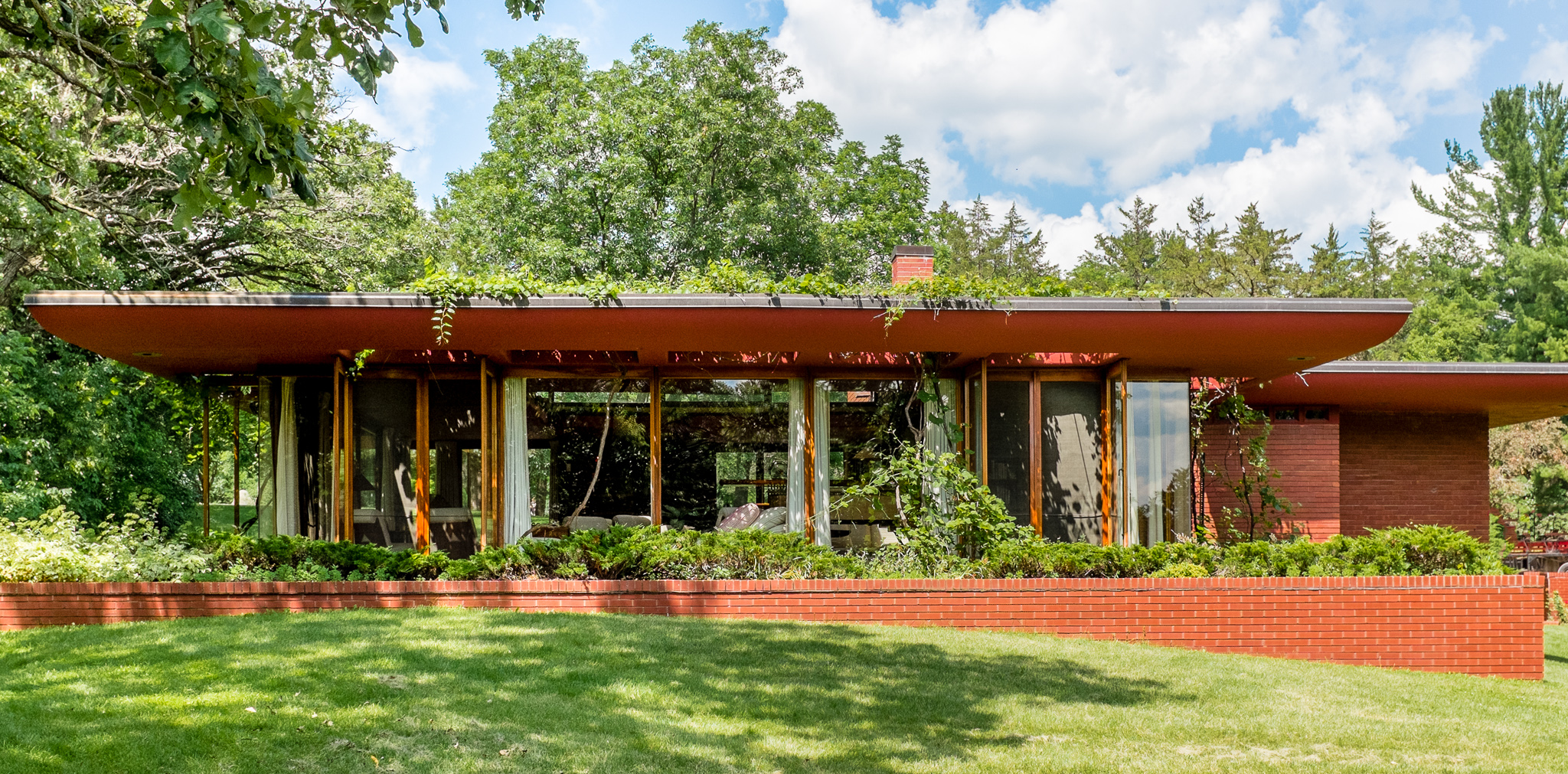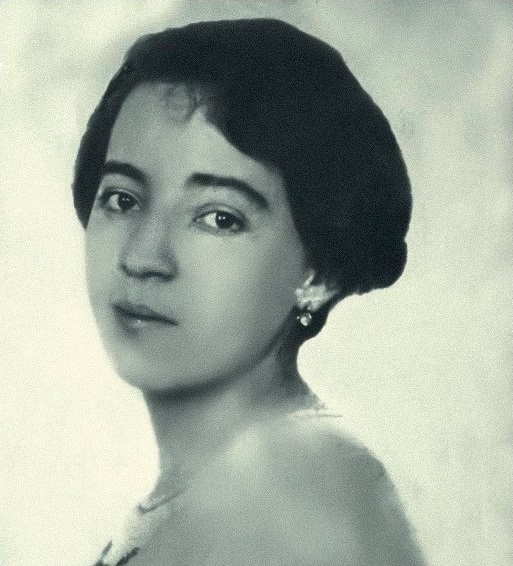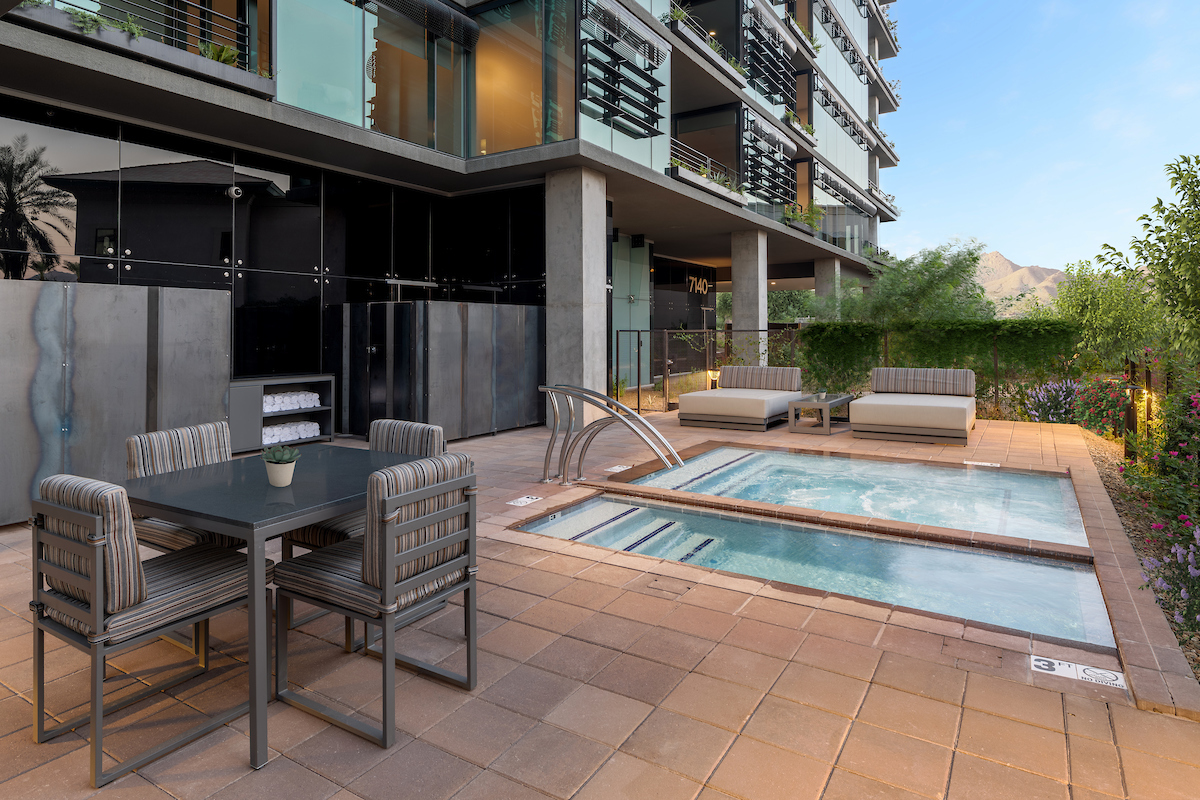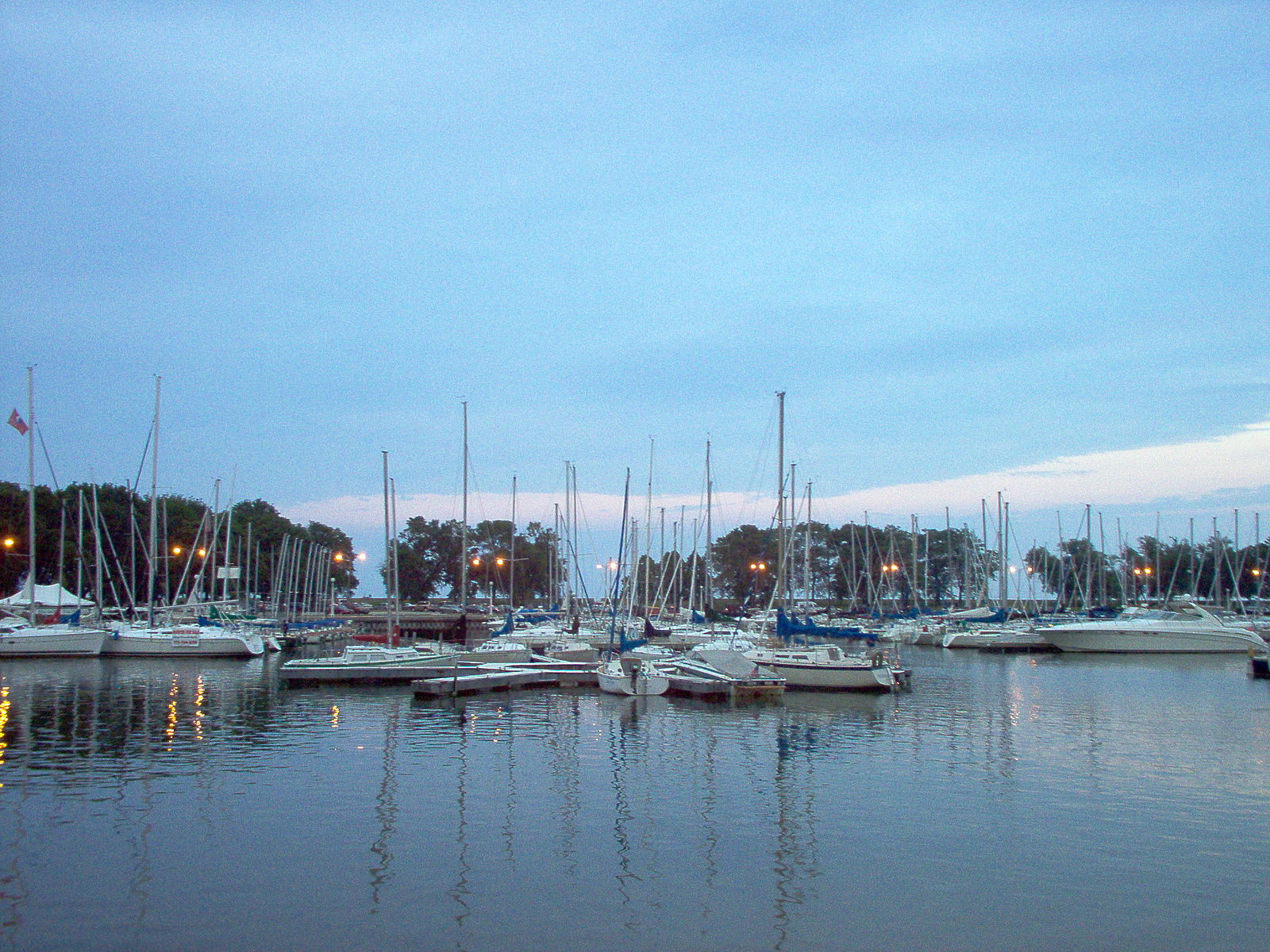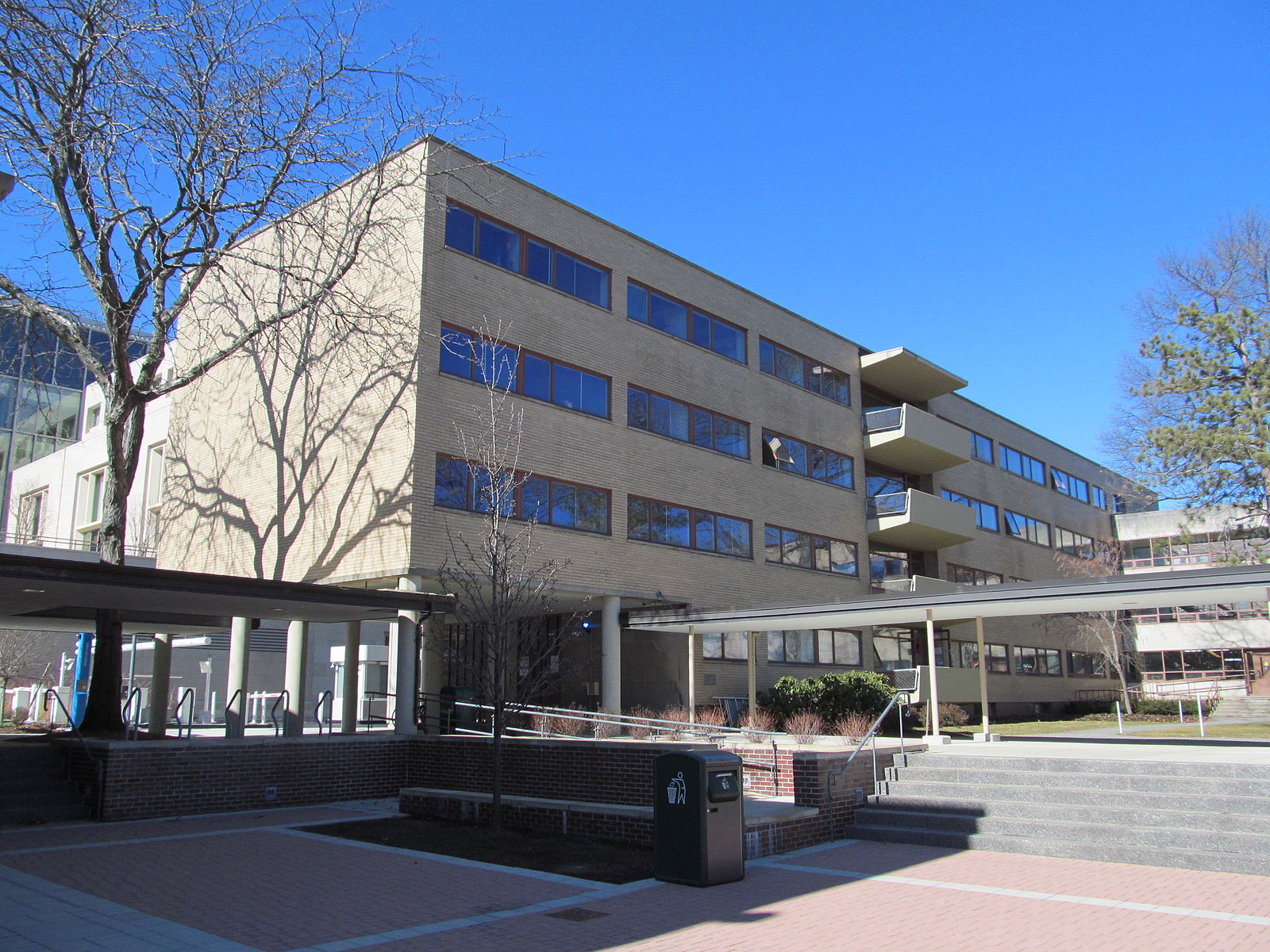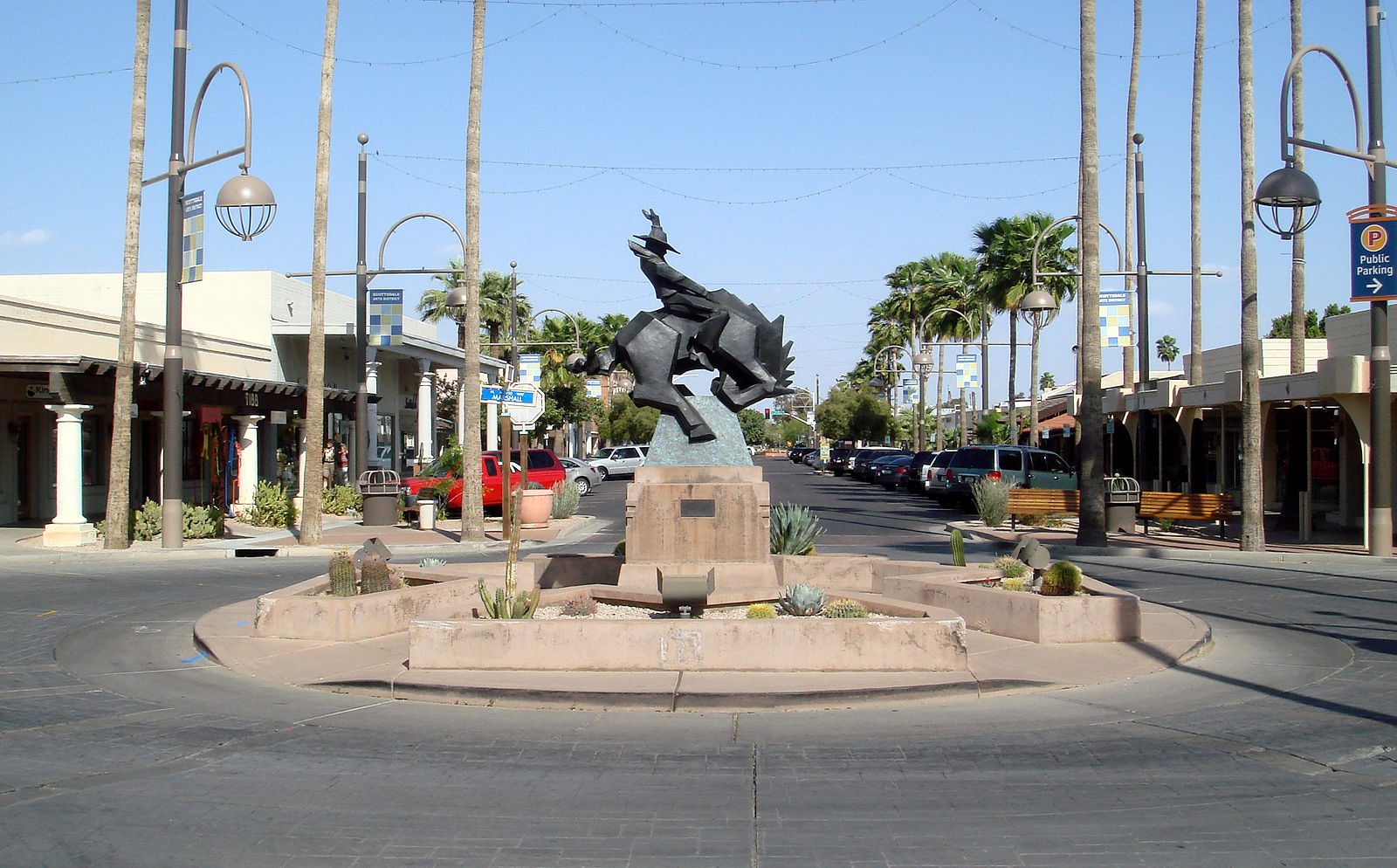With the winter months officially here, many of us are having to go without our favorite outdoor activities and sports. However, for residents at many of our Optima buildings, golfing year-round, rain or shine, is still a possibility. For avid golfers who want to keep up their game at all times, we present your guide to golfing inside:
The first golf simulators appeared in the early 1970s, developed from placing computerized sensors at different points on a net. This method only allowed players to practice their swings and offered no way to gauge distance or accuracy. Thankfully, technology has allowed for golf simulators to expand and advance over the years. Now, you can play a full round of golf with different clubs for a more well-rounded practice, and enjoy putting on some of the world’s best golf courses right from the comfort of home.
Whether you’re a seasoned golfer or a newbie, indoor golfing has a few perks that even real golf can’t beat. The first — and most obvious — being that you can play any time and in any weather condition. Playing via simulator also requires significantly less time, and there’s no commitment to play through an entire round. For anyone working from home, that means an easy golf break during lunch, or a quick way to reap some of the health benefits from the sport. Of course, improving your game is a huge benefit. Simulators provide instant feedback for each shot, so you can adjust as you go. By the time the weather warms up again, you’ll be a new player.
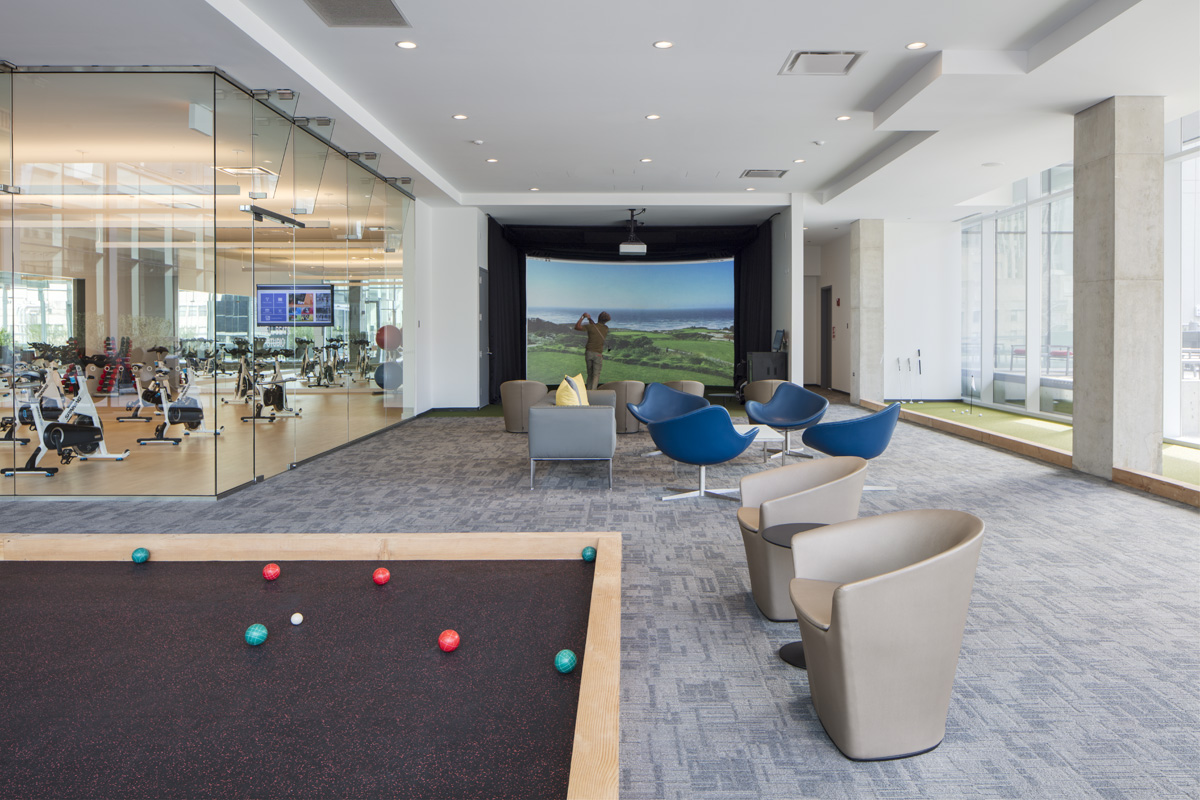
For residents across our Optima Kierland community, golf simulators are integrated at our residents-only clubs on our extensive amenity floors. At Optima Signature, a golf simulator and putting green ensure that residents can practice both their long and short game. We know how important wellness and recreation are to our communities, and we hope our amenity levels — including our golf simulators — help residents stay healthy year-round!
